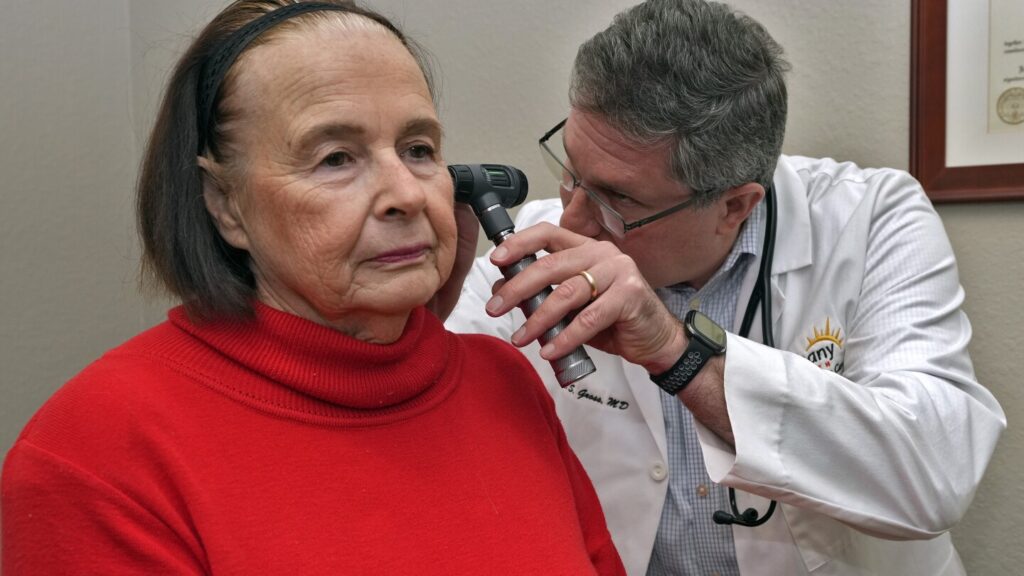Andrea Meneses discovered the benefits of direct primary care when her uninsured grandmother faced a medical emergency during a visit to Wisconsin. She was referred to Dr. Wendy Molaska’s clinic, where patients pay a monthly fee for unlimited access to the doctor. Direct primary care is gaining popularity, with potential policy changes under the Trump administration supporting its growth.
Patients praise the affordability and convenience of direct primary care, citing significant cost savings and easier access to medications and medical services. Dr. Molaska’s model, charging between $70-$85 for individuals, has garnered a 125-person waiting list. Meneses and her family found relief in the reduced costs and improved access to medical care.
While direct primary care offers advantages, critics warn that it may not suit everyone, particularly those with complex health needs or financial constraints. Despite its limitations, practitioners like Dr. James Vanderloo in Mississippi are filling gaps in healthcare for underserved populations, especially in states with limited insurance options.
The disillusionment with traditional health insurance has fueled the growth of direct primary care practices, where doctors can prioritize patient care over bureaucratic hurdles. Policy experts see direct primary care as a promising solution, especially in the face of potential Medicaid cuts and evolving healthcare policies.
Overall, direct primary care presents a viable alternative for individuals seeking affordable and personalized healthcare, emphasizing the importance of patient-doctor relationships and streamlined medical services.

